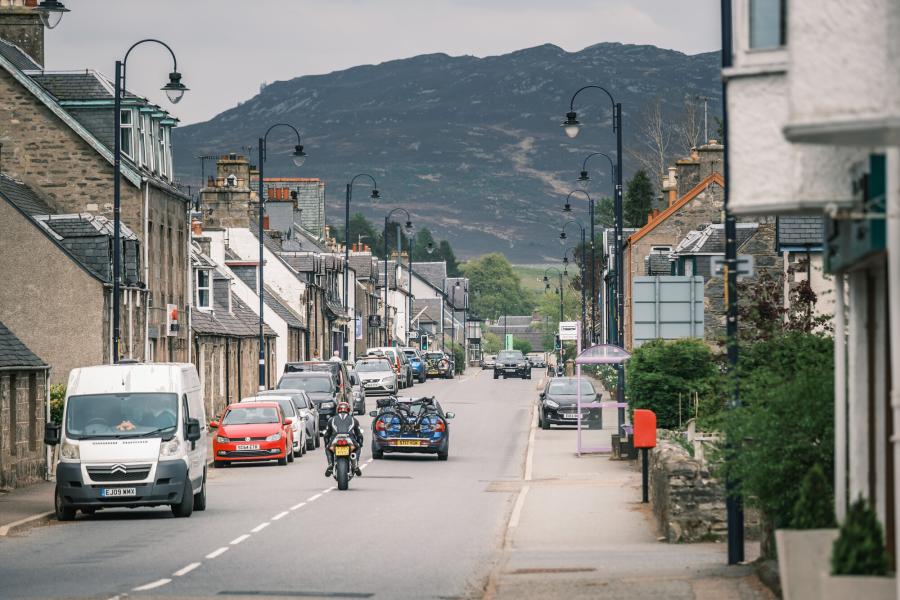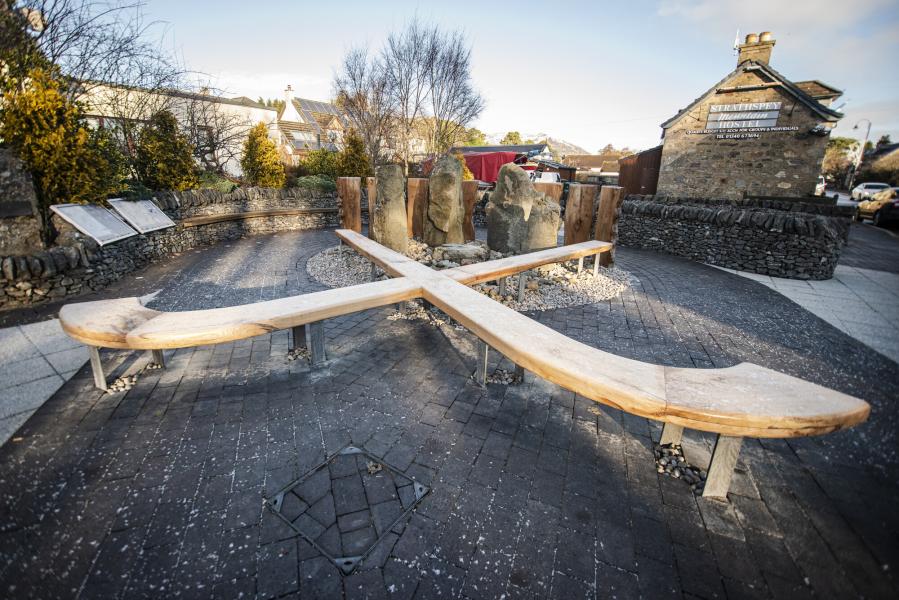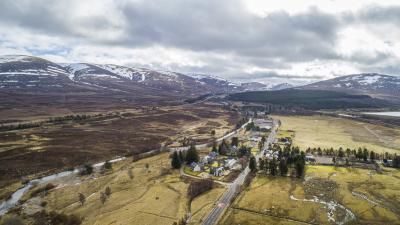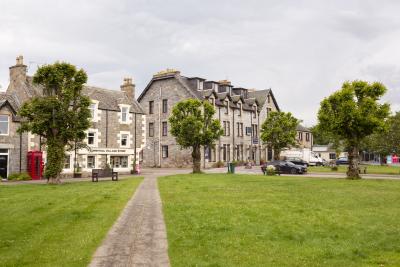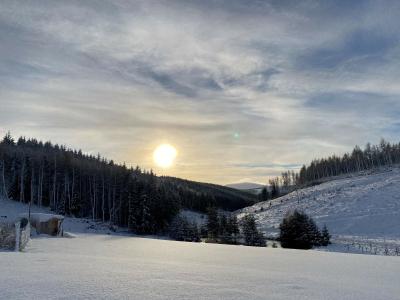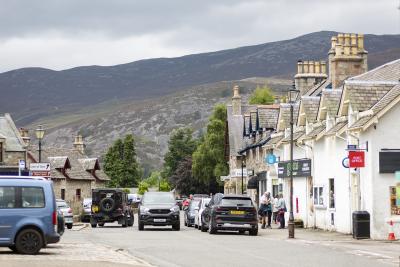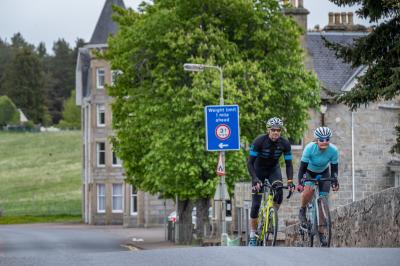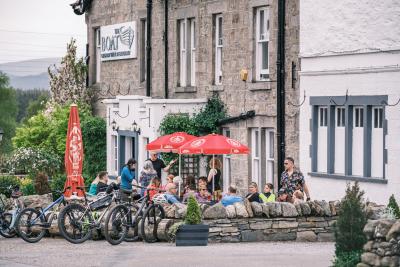Newtonmore
Baile Ùr an t-Slèibh

Alert
Newtonmore is a traditional village with a history shaped by its location.
In the 19th century, it was the meeting place of drovers coming from Perth, Fort William and Inverness. It also sits on the main north-south railway line, which has brought holidaymakers to the fresh air and clear waters of the Highlands for over 150 years.
Newtonmore has grown in response to these industries - commerce and tourism - and remains an entrepreneurial place today with high levels of self-employment and an active community.
In addition to its excellent transport links, Newtonmore is the southern terminus of the Speyside Way and a stop on the East Highland Way. It offers endless other walking and cycling opportunities too.
While it has plenty to offer those passing through, Newtonmore is a very livable place thanks to a selection of cafes, restaurants and shops, plus a petrol station. These businesses are complemented by several community-managed assets, including a village hall, playpark, tennis courts, gardens and a bowling club. The region’s heritage is kept alive at the Highland Folk Museum, Clan Macpherson Museum and the Gaelic-language primary school.
Shinty is a big part of local culture: the village’s record-breaking shinty team has been training at their grounds, The Eilean, since 1877. More gentle sporting pursuits - including golf and fishing - are also popular.
The Monadliath mountains to the west and Cairngorms to the east mean the area surrounding Newtonmore is a wildlife haven. A recent project to release Scottish wildcats into the wild means there’s a good chance they’re roaming around the hills, moorlands, and woodlands surrounding the town. Scottish wildcats are elusive animals, however, so it’s much easier to try and spot the 130+ painted models dotted along Newtonmore’s 10km Wildcat Trail.
Newtonmore is linked to Aviemore (16 miles), Inverness (45 miles) and Perth (67 miles) by road, rail and cycle routes.
Newtonmore is a traditional village with a history shaped by its location.
In the 19th century, it was the meeting place of drovers coming from Perth, Fort William and Inverness. It also sits on the main north-south railway line, which has brought holidaymakers to the fresh air and clear waters of the Highlands for over 150 years.
Newtonmore has grown in response to these industries - commerce and tourism - and remains an entrepreneurial place today with high levels of self-employment and an active community.
In addition to its excellent transport links, Newtonmore is the southern terminus of the Speyside Way and a stop on the East Highland Way. It offers endless other walking and cycling opportunities too.
While it has plenty to offer those passing through, Newtonmore is a very livable place thanks to a selection of cafes, restaurants and shops, plus a petrol station. These businesses are complemented by several community-managed assets, including a village hall, playpark, tennis courts, gardens and a bowling club. The region’s heritage is kept alive at the Highland Folk Museum, Clan Macpherson Museum and the Gaelic-language primary school.
Shinty is a big part of local culture: the village’s record-breaking shinty team has been training at their grounds, The Eilean, since 1877. More gentle sporting pursuits - including golf and fishing - are also popular.
The Monadliath mountains to the west and Cairngorms to the east mean the area surrounding Newtonmore is a wildlife haven. A recent project to release Scottish wildcats into the wild means there’s a good chance they’re roaming around the hills, moorlands, and woodlands surrounding the town. Scottish wildcats are elusive animals, however, so it’s much easier to try and spot the 130+ painted models dotted along Newtonmore’s 10km Wildcat Trail.
Newtonmore is linked to Aviemore (16 miles), Inverness (45 miles) and Perth (67 miles) by road, rail and cycle routes.
Alert
Newtonmore
key
facts


Location

Find out more about Newtonmore
Delve into the community’s website for more about visiting Newtonmore and the surrounding area.
Relevant alerts
-
A short section of the Calder path – part of the Wildcat Trail – has washed away on the trail between the old St Bridget’s chapel cemetery and the Glen Banchor road. There is a diversion into the field above where the trail is closed.






